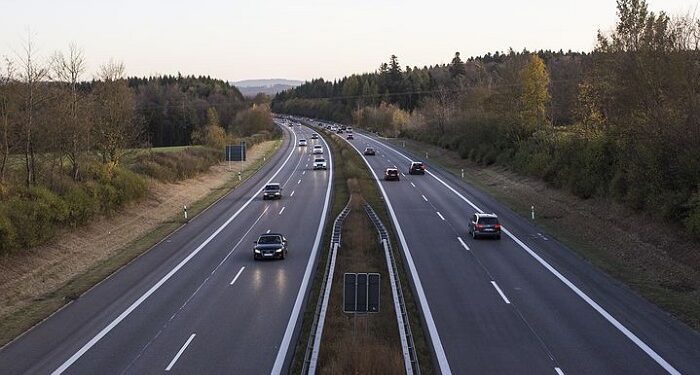Europe’s travel landscape is changing fast, as new technologies reshape how people move between countries. From public transport to highway systems, digitalization has become an essential part of modern mobility. The Czech Republic stands at the forefront of this shift with its electronic toll platform eDalnice and the upcoming Dálniční známka 2026. Together, these projects illustrate how digital infrastructure can simplify travel, improve efficiency, and set new standards for sustainable transportation across Europe.
Digital Travel Made Simple
Just a few years ago, Czech motorists and foreign visitors had to buy physical stickers to use highways—a system that was cumbersome and prone to mistakes. The launch of eDalnice changed everything. Drivers can now purchase electronic vignettes online, linked directly to their license plates. Cameras along highways verify toll payments automatically, eliminating paper waste and the need for manual inspections. This seamless integration of technology not only improved the experience for drivers but also reduced administrative costs for the government.
The convenience of the digital system became evident almost immediately. Travelers can choose when their vignette begins, manage renewals online, and even receive notifications before expiry. For tourists exploring the Czech Republic’s scenic routes or for professional drivers moving between countries, the benefits are clear: less bureaucracy, more flexibility, and a system that works efficiently across borders. The model proved that digital transformation can serve both people and infrastructure without compromise.
Preparing for the Future: Dálniční známka 2026
The next milestone in Czechia’s modernization will be the Dálniční známka 2026, an upgraded version of the tolling system designed for even greater automation and connectivity. The new model will introduce adaptive pricing based on vehicle type, emission level, and time of use. Such a system encourages eco-friendly behavior and helps manage traffic density during peak hours. Integration with EU-wide databases will also enable smoother enforcement across borders, ensuring that toll compliance becomes automatic rather than administrative.
For travelers, these changes represent more than convenience—they reflect a smarter, greener approach to road management. Real-time data collected from digital tolls will guide infrastructure investment, optimize road maintenance, and contribute to safer driving conditions. This is how technology can serve both drivers and policymakers, creating a feedback loop that improves the travel experience for everyone on the road.
The transition from paper to pixels also demonstrates how smaller European nations can lead innovation in mobility. Czechia’s success has drawn interest from neighboring countries and from travelers across the continent. It shows that modernization doesn’t always mean higher complexity—sometimes it simply means making existing systems smarter. Resources such as dalnicniznamka.cz play a vital role in keeping users informed, offering clear and transparent information about the rules, pricing, and future updates of the digital toll network.
Ultimately, the Czech experience with eDalnice and Dálniční známka 2026 serves as a reminder that the future of travel lies in intelligent integration. When infrastructure, data, and user experience merge, the result is mobility that’s faster, fairer, and environmentally conscious. As Europe continues to connect its highways through digital transformation, Czechia’s example may soon become the blueprint for modern travel systems worldwide.












